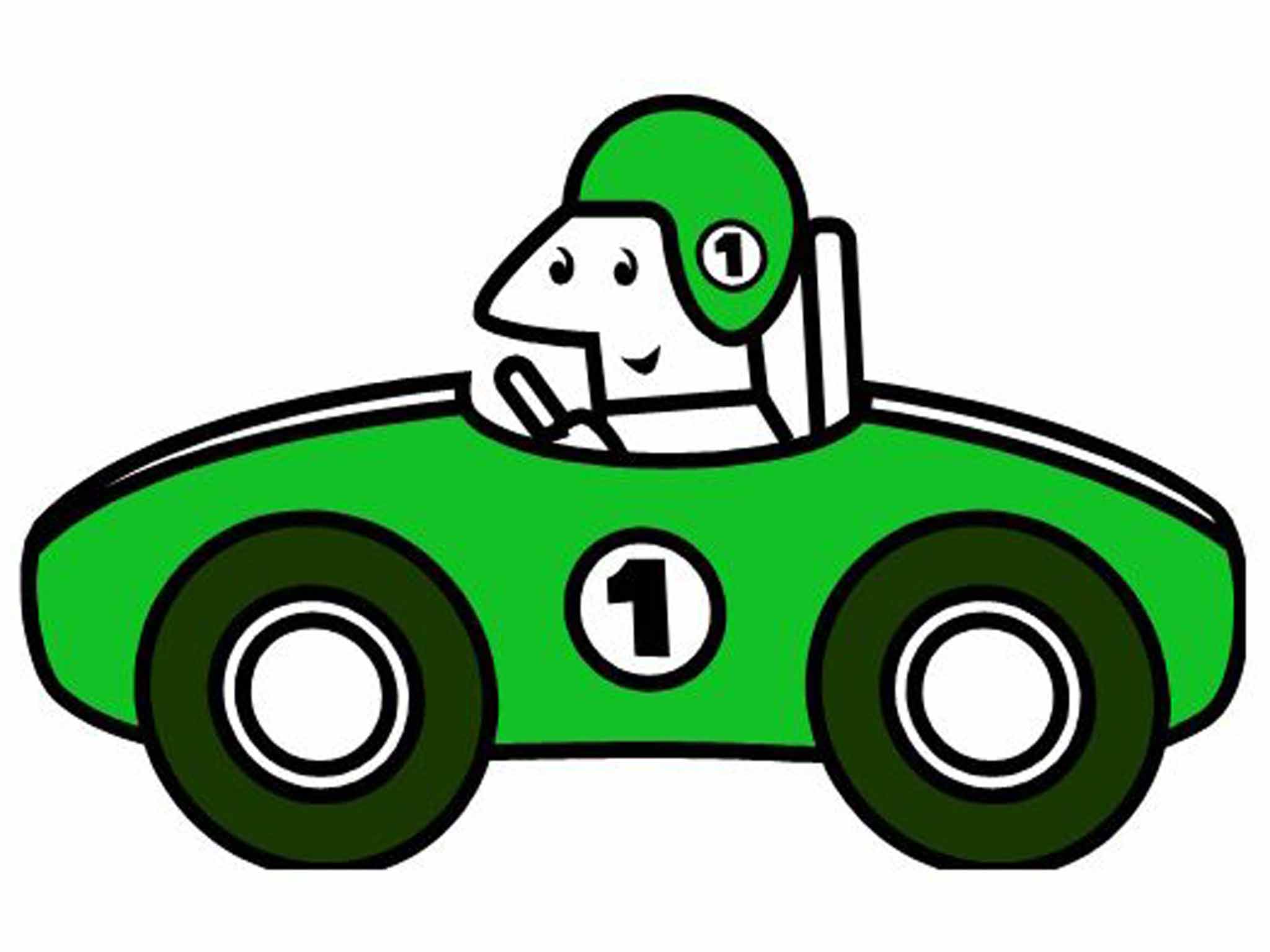Goodbye Clip Art: Vitally important bad design
Microsoft's Clip Art provided simple images for decorating documents with. Now it has been declared obsolete, and DIY leaflets will never be the same, says Rhodri Marsden

Your support helps us to tell the story
From reproductive rights to climate change to Big Tech, The Independent is on the ground when the story is developing. Whether it's investigating the financials of Elon Musk's pro-Trump PAC or producing our latest documentary, 'The A Word', which shines a light on the American women fighting for reproductive rights, we know how important it is to parse out the facts from the messaging.
At such a critical moment in US history, we need reporters on the ground. Your donation allows us to keep sending journalists to speak to both sides of the story.
The Independent is trusted by Americans across the entire political spectrum. And unlike many other quality news outlets, we choose not to lock Americans out of our reporting and analysis with paywalls. We believe quality journalism should be available to everyone, paid for by those who can afford it.
Your support makes all the difference.I can't draw. My ability to depict accurately dogs, cars or even cubes using my hands and my brain is pitiful and hasn't really moved on since I was about four years old.
As a consequence I rely on other people for my drawing needs, people whose brains have a functioning area labelled "art".
And there are lots of those people about, as the internet makes clear. Type "dog drawing" into a search engine and you'll be handsomely rewarded with accomplished sketches of daschunds, cartoons of poodles and everything in between. Then it's simply a case of dragging and dropping your chosen image into the document before you.
The web is where people with no drawing skills (or time) now go for illustrations, rather than the clip art section of Word's drop-down menu. Microsoft has just acknowledged this in a blog post where it was announced that its Office Clip Art library has "closed shop".
Anyone trying to access clip art from inside an Office application will now be directed to Bing, Microsoft's search engine.
In the early 1990s, during the first days of desktop publishing, clip art was vitally important. Layouts were previously done on large boards, with pictures cut out with scissors and pasted on or transferred from Letraset sheets. With scissors and glue removed from the equation, people needed an easily accessible stock of images to use in layouts. Clip art rode to the rescue.
Arrows, bouncing balls, computers, dragons, elves, forks – they could all be easily dropped in and scaled in size to help break up the text, and we embraced them fervently.
Our hunger for clip art became insatiable as we breathlessly created stuff in Word, in Paint, in Frontpage or Powerpoint. The stuff ended up everywhere, from decorative scrolls at the top of a letter to your gran to a cartoon vampire indicating concern at declining sales figures over the year to April. Useful it may have been, but classy it wasn't, and those libraries of hundreds of thousands of images offered at bargain prices in the 1990s quickly began to look dated.
Clip art GIFs are now as synonymous with the early days of the internet as auto-playing MIDI files (aka those tinny bits of music that would play automatically when you visited a website), Geocities URLs and scrolling marquees of text.
Today we express ourselves using images in a different way, although you could hardly say it's more refined: Instagram, emoticons, emoji and stickers have found a place in our hearts as communication has become more instant, while the web's trove of images is seen as a magnificent "help yourself" resource.
But, as photographers will frequently remind you, it's not really a "help yourself" scenario. Clip art may be naff, but if you accessed it through a Microsoft application at least you knew that you were using it legally.
Microsoft's alternative – directing us to an image search engine – helpfully boosts the profile of its Bing service, but also promotes the idea that web content is there for us to use however we want. Microsoft draws attention to Bing's "License" button (there's an equivalent on Google Images labelled "Usage rights") which indicates which images we have permission to use freely, but millions of people will just shrug their shoulders and download the images they want to use regardless.
After all, it's the plummeting demand for legal clip art that caused Microsoft to discontinue the library in the first place.
Curiously, Microsoft's announcement disappeared from the internet yesterday afternoon, but even if its clip art library gets some kind of reprieve, none of this will mark the death of bad design. Don't worry. We're a resourceful species, and we'll find any number of alternative ways of creating monstrosities. (This would now be a perfect place for a cartoon image of a thumbs-up.)
Join our commenting forum
Join thought-provoking conversations, follow other Independent readers and see their replies
Comments